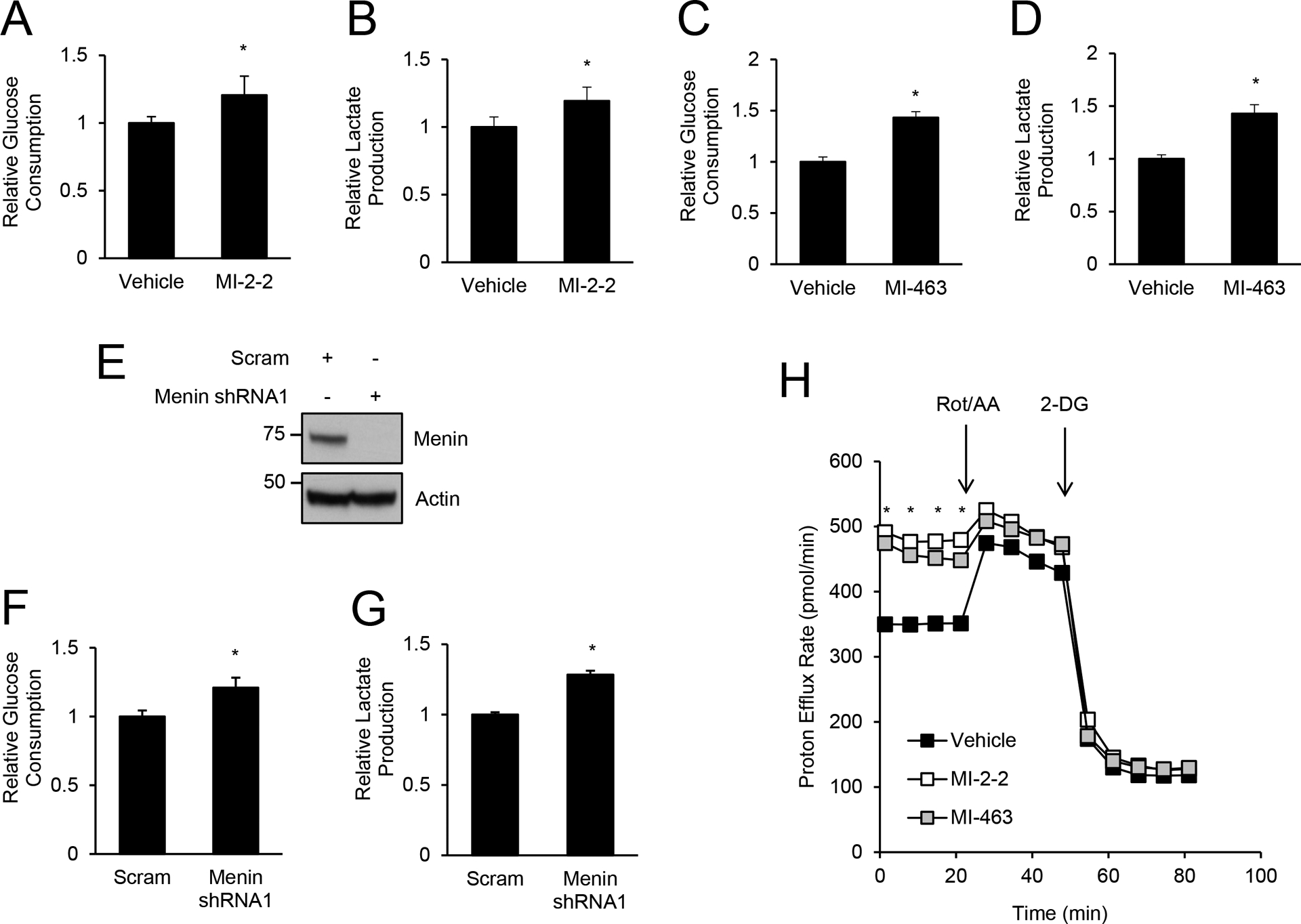Figure 1: Menin inhibition increases glycolysis in CRC cells.

A/B) HT-29 cells were pre-treated with vehicle or 1 μM MI-2–2 for 24 hours, followed by assessment of glucose consumption (A) and lactate production (B) over an 8-hour period. C/D) HT-29 cells were pre-treated with vehicle or 1 μM MI-463 for 24 hours, followed by assessment of glucose consumption (C) and lactate production (D) over an 8-hour period. E/F/G) HT-29 cells transduced with scrambled or menin shRNA1 (E) with assessment of glucose consumption (F) and lactate production (G) over an 8-hour period. H) HT-29 cells were pre-treated with vehicle, 1 μM MI-2–2, or 1 μM MI-463 followed by assessment of the proton efflux rate at baseline and after rotenone/antimycin A (Rot/AA) and 2-deoxyglucose (2-DG). * p < 0.05.
